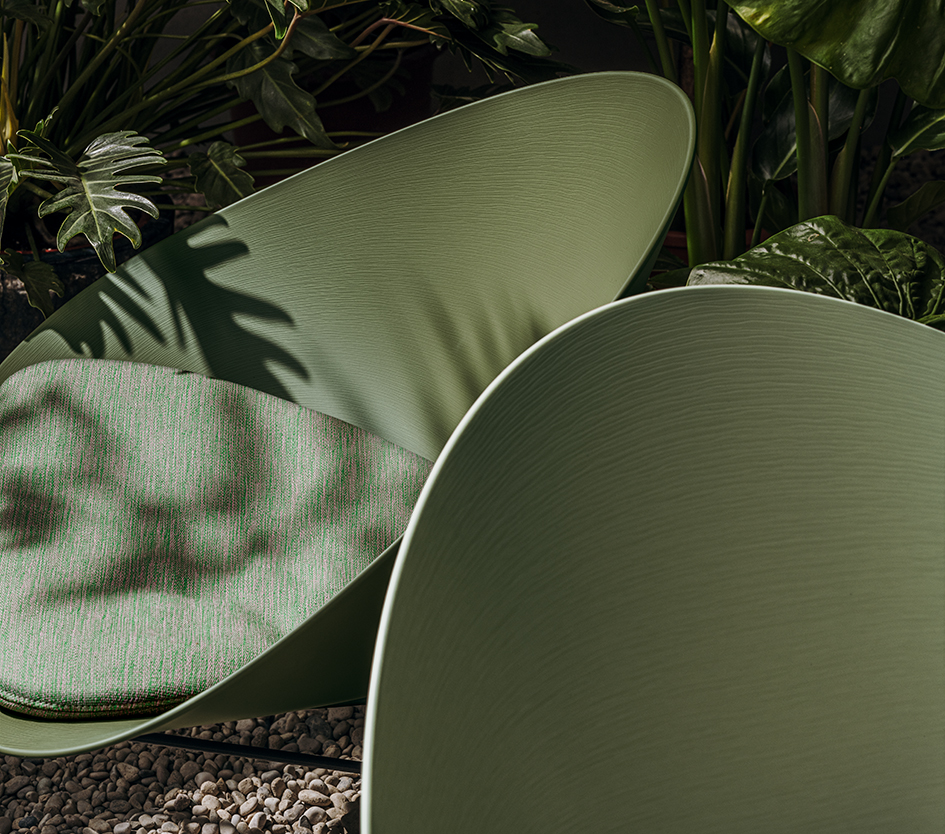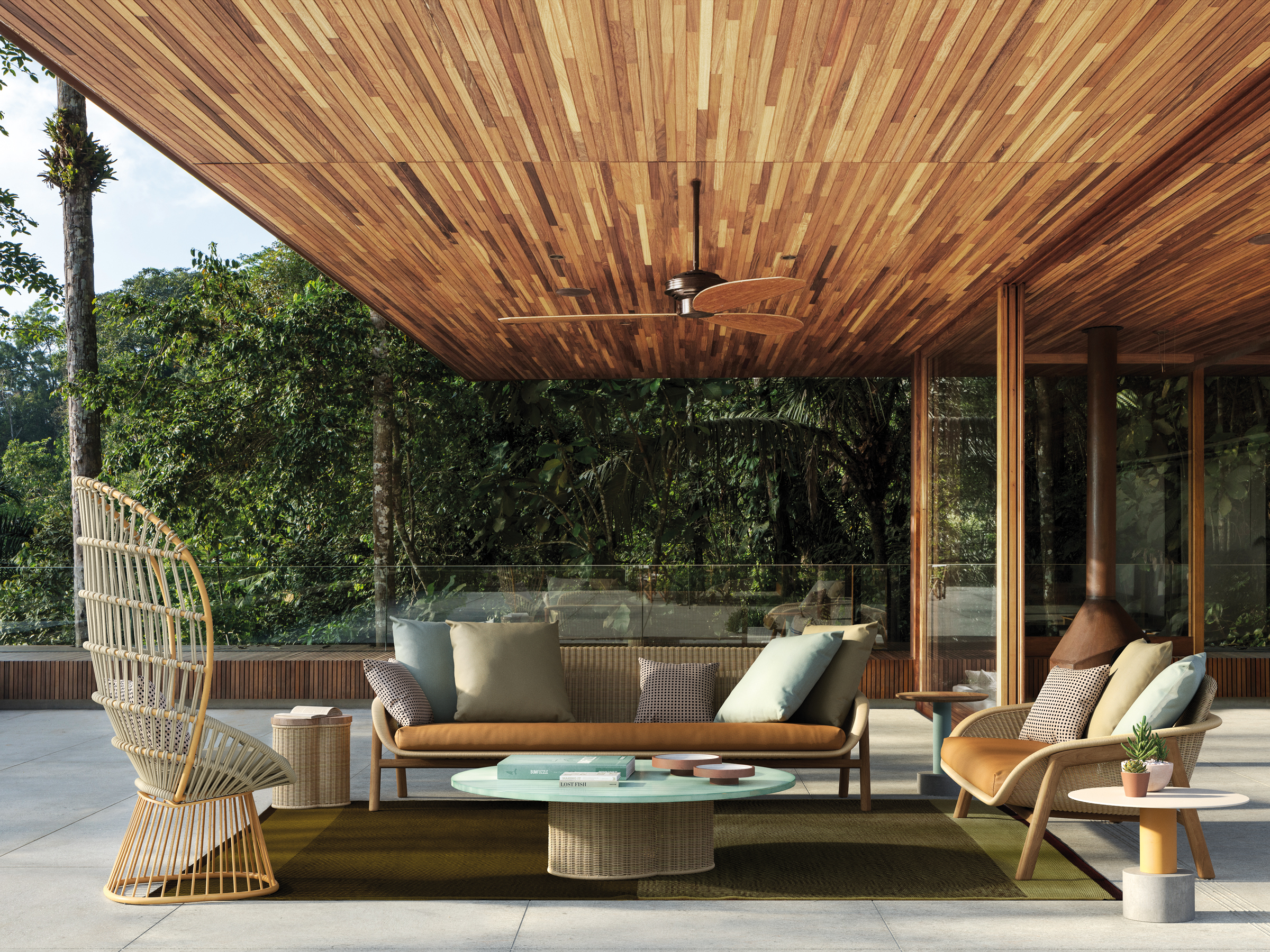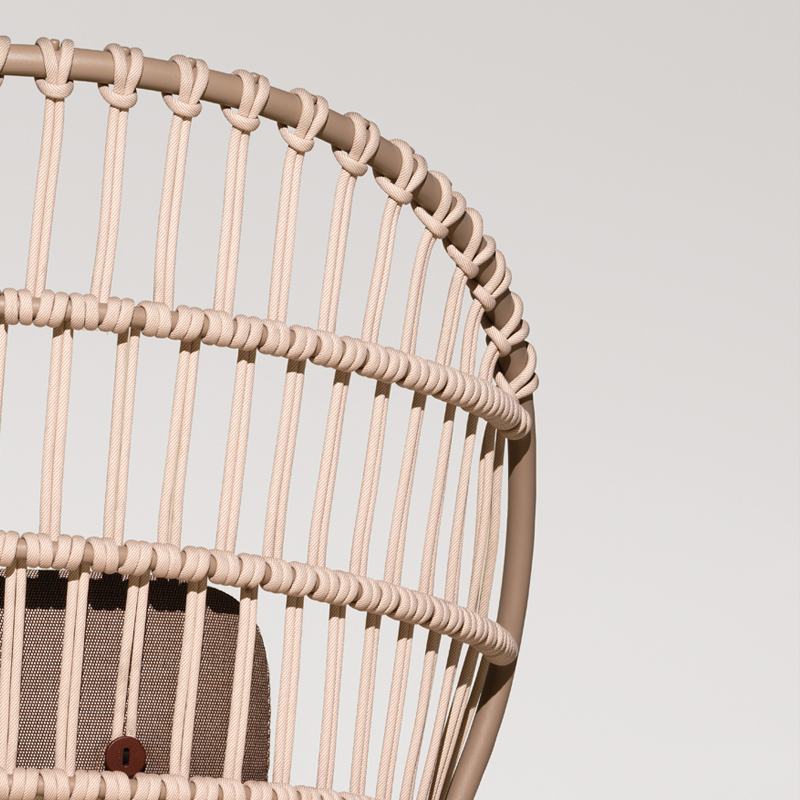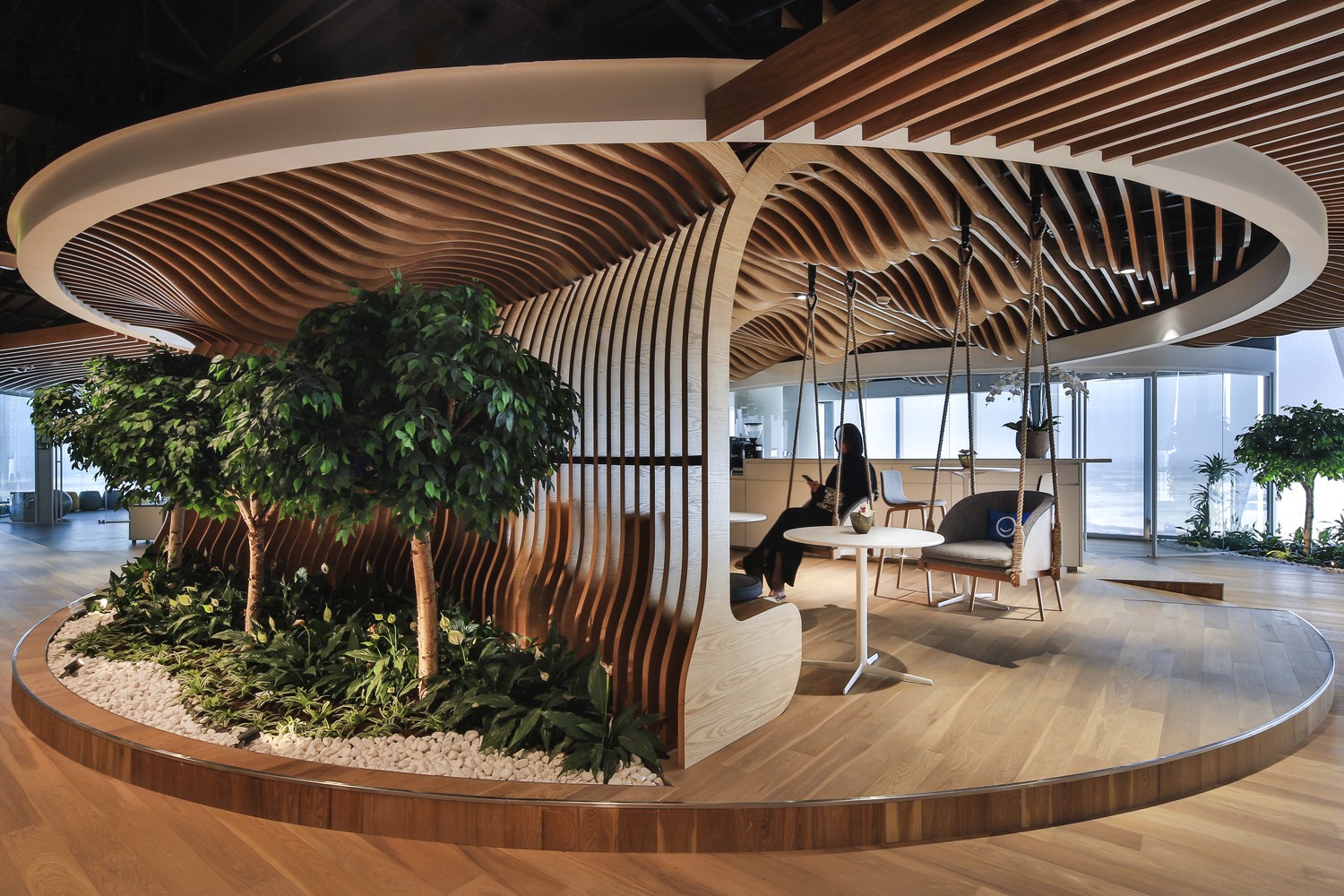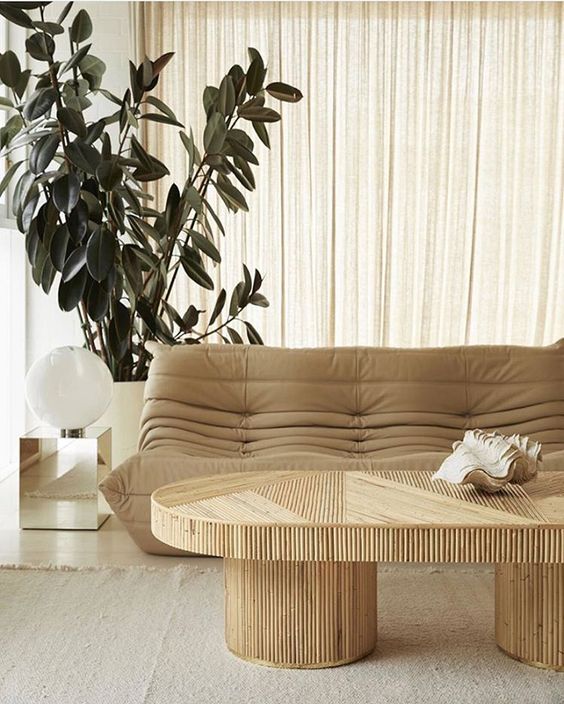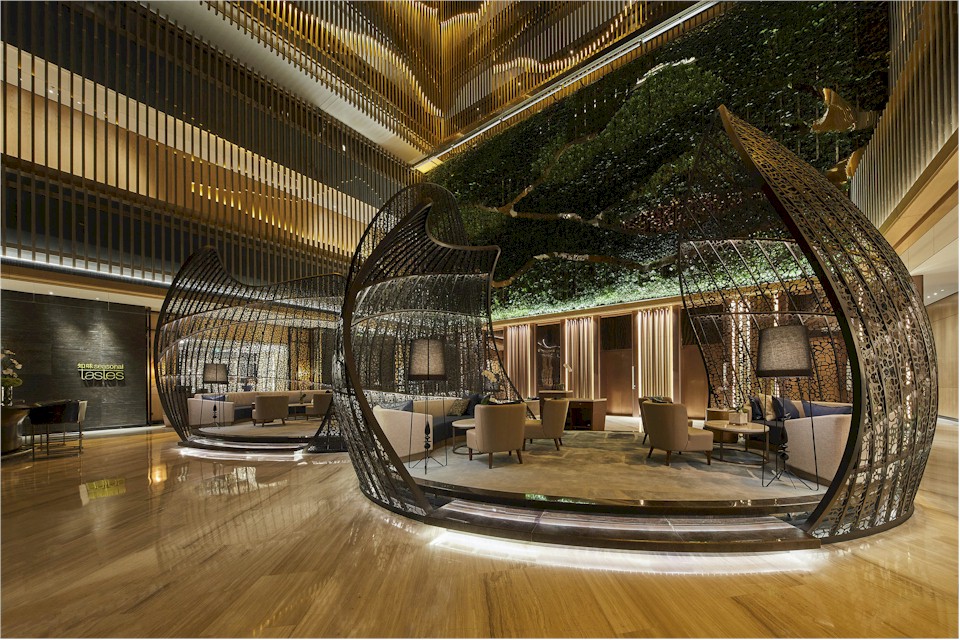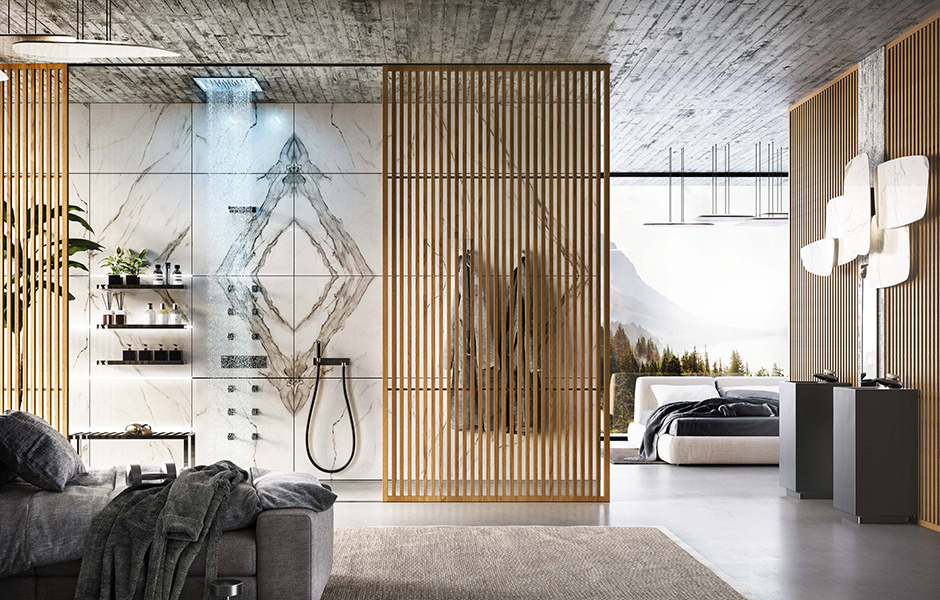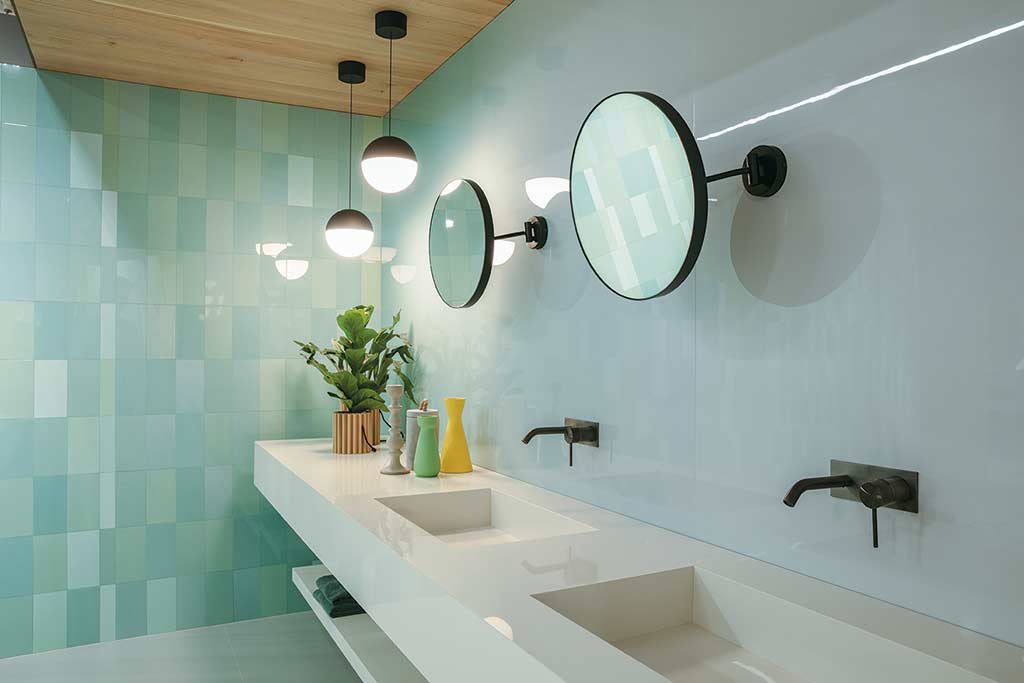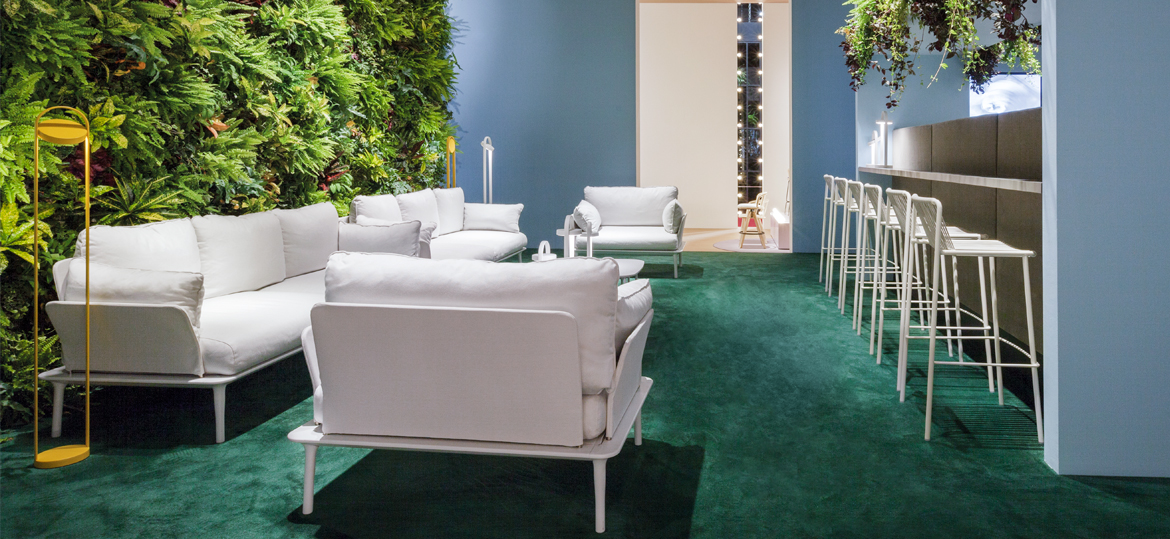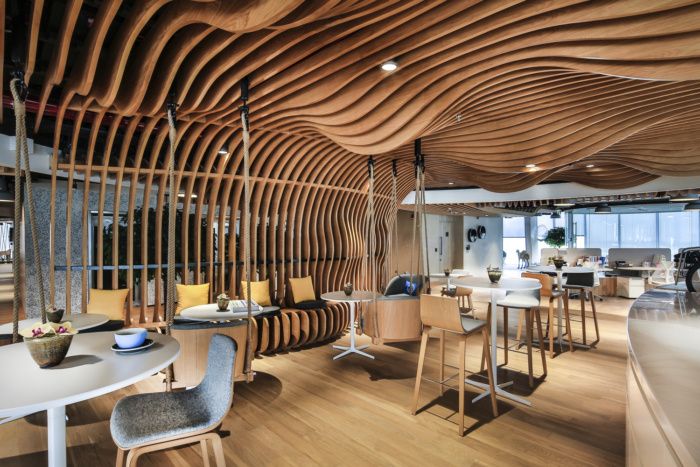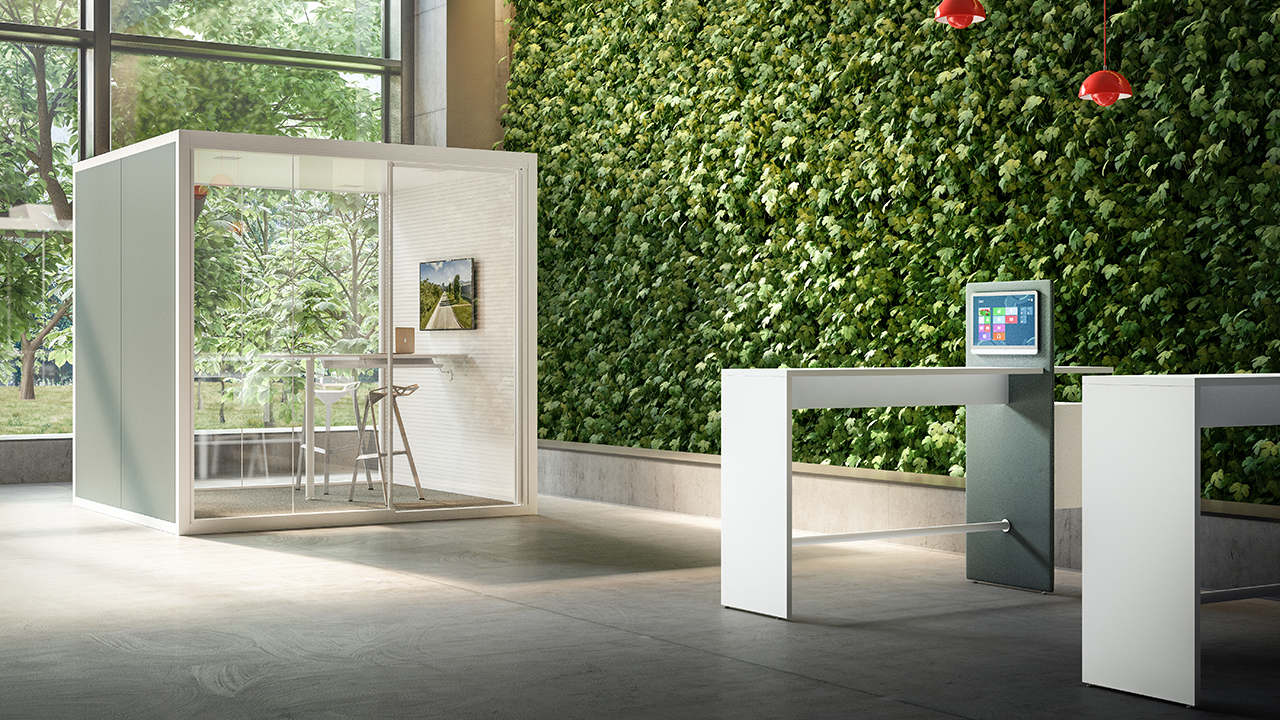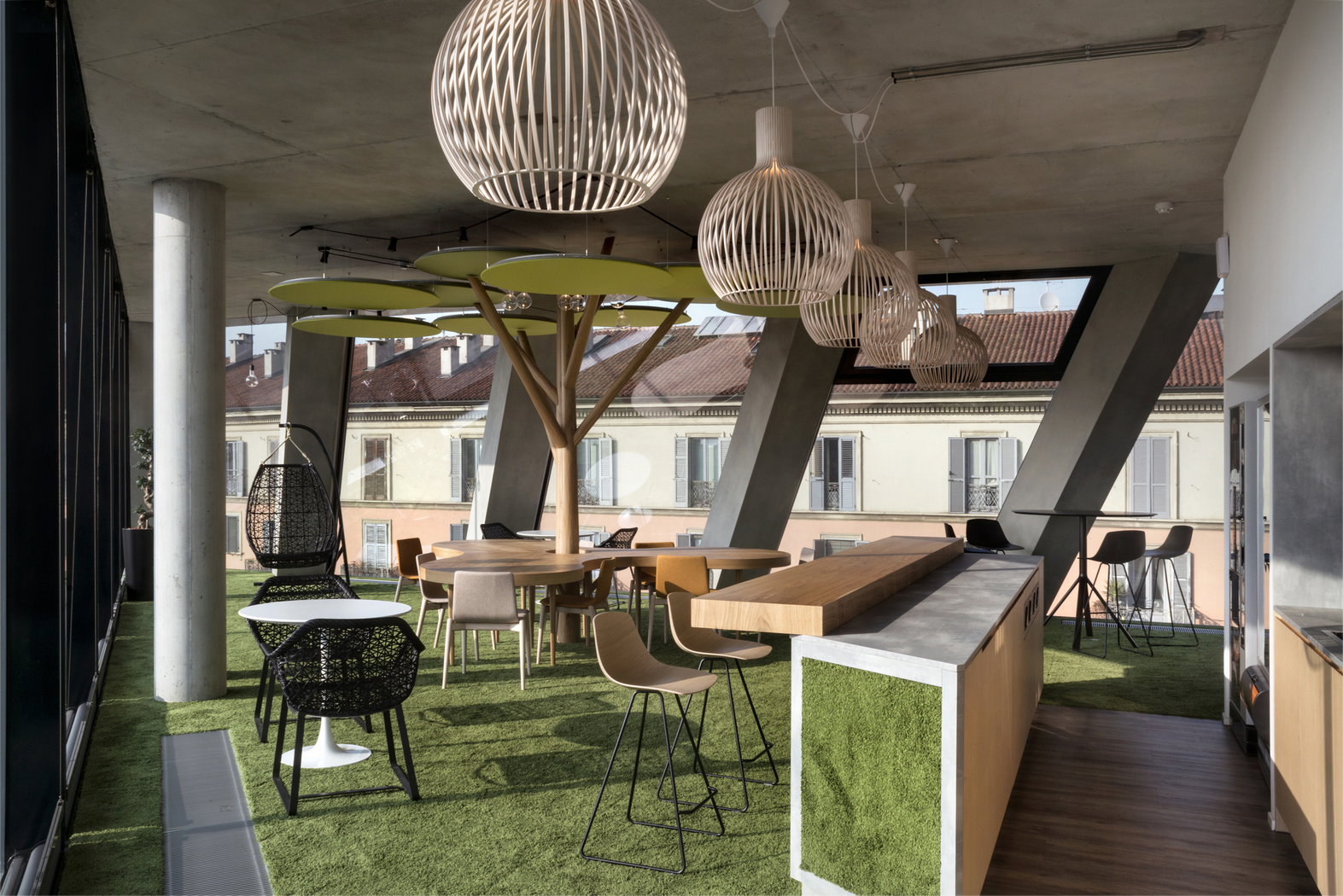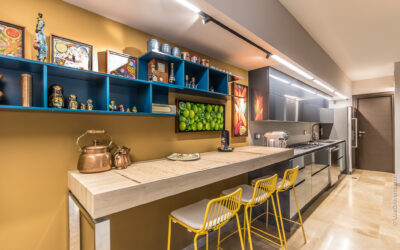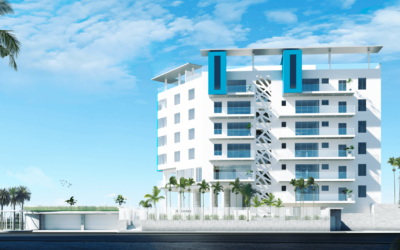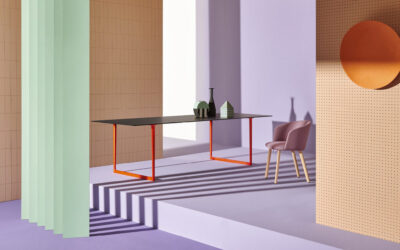NEWS
BIOPHILIC DESIGN: THE CONNECTION BETWEEN ARCHITECTURE AND NATURE
In his investigation, Wilson studied the consequences of rising urbanization rates and how these progressively led to the average person’s disconnect from the natural world. Likewise, he references the genetic link between human beings and their biological context, inherited by our ancestors who coexisted with agrarian environments. Based on this premise, Wilson contends that architectural, industrial, technological and evolutionary progress must be clearly focused on human well-being and not, on the contrary, become an obstacle against our very nature.
At present, his predictions have become reality, finding further support after the social inconformity and the environmental implications of a completely industrialized environment, which has neglected the planet’s most vulnerable domains. With the arrival of a new decade, this hyper industrialized mindset has been called into question, seeing as thanks to technological advancements and the informational maelstrom of the Digital Age, we are developing a deeper understanding into the improvement of our habitats and how this in turn can ameliorate our physical and mental health.
Kettal’s Cala and Vimini Collection
In architecture and interior design
Sustainability
Natural Experience
The yearning for these sensorial stimuli has caused the burgeoning of this novel criteria that breaks paradigms to reduce the stress and anxiety levels of its users by creating a livable space within the blessings of nature. Additionally, it is predicted that this new approach will be strengthened after the new normal imposed by the threat of harmful biological agents, which have limited contact with the exterior.
It’s on this basis that we start to see interior design trends such as recuperative spaces, which is inspired by natural experiences, for instance, showers that are capable to simulate rain or the feeling of bathing in a waterfall. Another example is the incorporation of green systems in different areas of the home, which allows the cultivation of vegetables and provides the means to generate a user’s own sustenance. On the other hand, it is important to create environments with surroundings similar to their natural context. As such, it is necessary to outline in its planning stage the ecological surfaces that mimic natural textures such as wood, rock, metal or vegetation.
Gessi Afilo System
Color
CEDIT Chromatic Tiling
Pedrali Sofa Reva
Benefits
Another benefit is that it simultaneously focuses on a technologically driven energy efficiency and the need to conserve the environment. When it comes to climatization, it is important to improve the level of thermal comfort by simulating the temperature changes produced by the atmosphere, ensuring a better ventilation that has the additional benefit of improving air quality, resulting in a solution that reduces the level of toxins emitted by harmful agents.
Smart Dubai
What is more, it is also concerned with improving the processes of natural and artificial illumination, optimizing its systems through the means of humans’ natural biological processes. Numerous studies throughout the years have provided figures that promote the benefits of an environment that improves the connection with the natural world, among them:
• Corporate Sector: Productivity can increase by 8%, well-being by 13%, accompanied by a surge in creativity and a decrease in absenteeism.
• Hotelier Sector: Guests are willing to pay 23% more for rooms with a view towards biophilic elements.
• Educational Sector: An increase in learning rates between 20-25%, improved test scores, concentration and attendance, accompanied with a reduction in the impacts of ADHD.
• Health Sector: Post-op recovery times were reduced by 8.5%, as well as reducing analgesic use by 22%.
• Commercial Sector: It was discovered that the presence of vegetation and landscaping increases the average rent fees in commercial spaces and clients indicate that they were willing to pay 8-12% more for goods and services.
• Housing Sector: Homes can become more soothing and restorative, with a 7-8% decrease in offences attributed to areas with access to nature and can generate a 4-5% increase in a property’s value.
Fantoni Acoustic Room M
Why is implementing this strategy so important?
Given this, biophilic design represents the hope of change, for a society worried over a counterproductive lifestyle. In a post-pandemic future, the superfluous would be phased out and we would prioritize the most fundamental of needs: the physical-emotional well-being. This phenomenon would be reflected in a global scale, creating a community with a singular purpose, which would by any means necessary, seek its recovery and mend its past mistakes, promote a common responsibility over the preservation of the biosphere.
Companies located at the vanguard, like Apple, Google and Microsoft, are making considerable investments in biophilic designs. It is proven that when applying these principles in an office there are considerable improvements in concentration, compromise and worker’s cognitive functioning, as well as the attraction and retention of personnel in a usually ultra-competitive field.
Lastly, this drive will reframe the way we observe our buildings and analyze their effects. We will demand our environments to be restorative, that they reflect our values and passions and allow us to develop a space that provides better means to live better, rest, spend leisure time, socialize, connect with others, ourselves and our environment. Biophilic design represents a lifestyle and trend which we predict will face continuous growth in the future.
Microsoft House Milano Project La Palma Furniture
FIND OUT
WHAT’S NEWS
A STUDY IN COLOR
It is uncontroversial to say that one of the most important elements in an effective interior design relies on a meticulously designed color palette.
ATLANTIC 360 RESIDENCES: AN IMPRESSIVE RESIDENTIAL BUILDING EXECUTED BY DESIGN GROUP LATINAMERICA
Located in Eagle Beach, Aruba, Atlantic 360 Residences is a luxurious residential building conceived by Arquitecto Mesce y Asociados for an exclusive group of 27 owners.
THE 10 STAND-OUT EXHIBITIONS OF FUORISALONE 2020
This year, the belated Fuorisalone 2020 returns with brilliant appearances from the most recognized Italian factories globally despite the problems derived from the Covid-19 pandemic. Check out our favorite exhibits!

